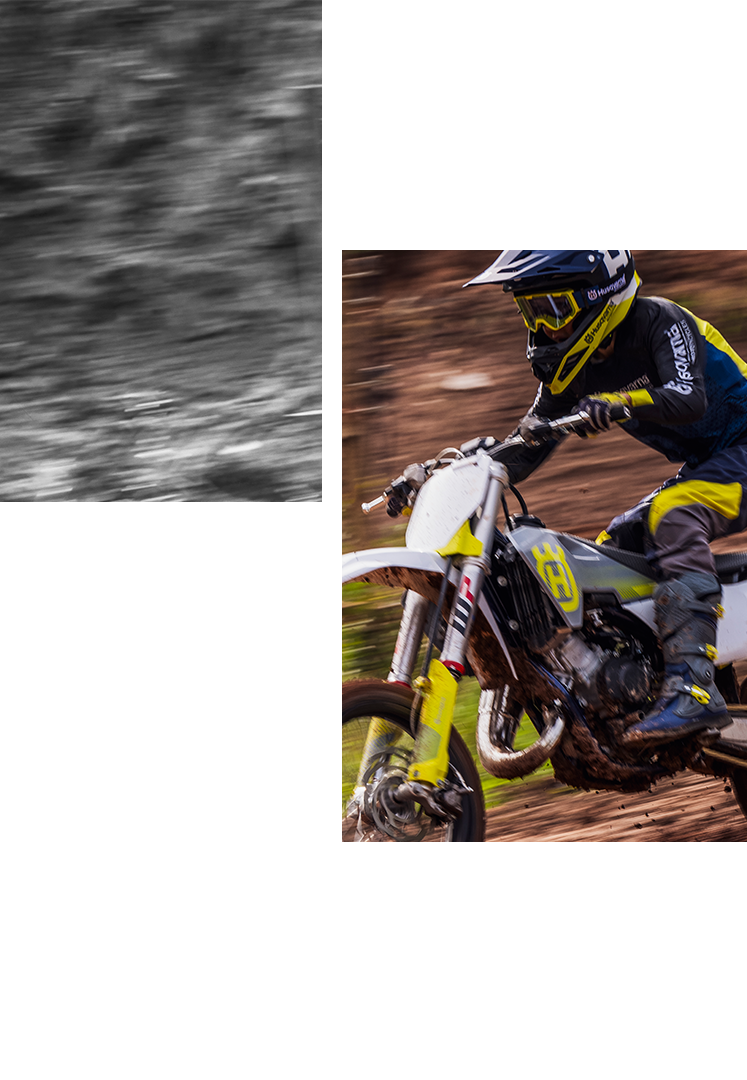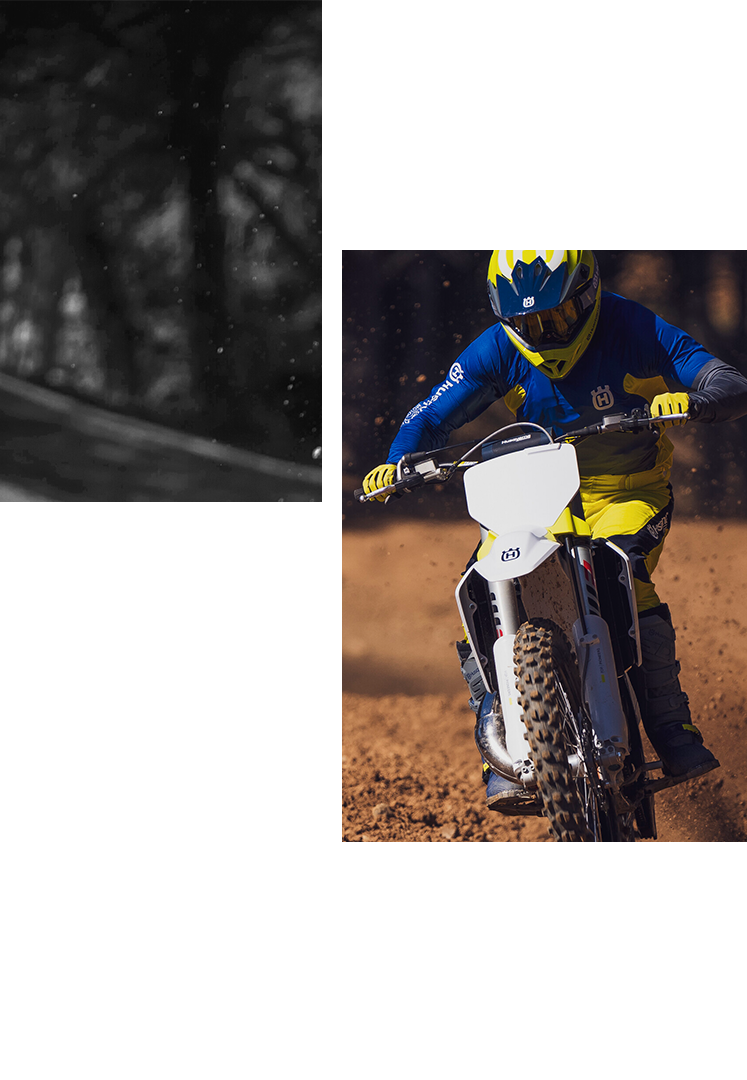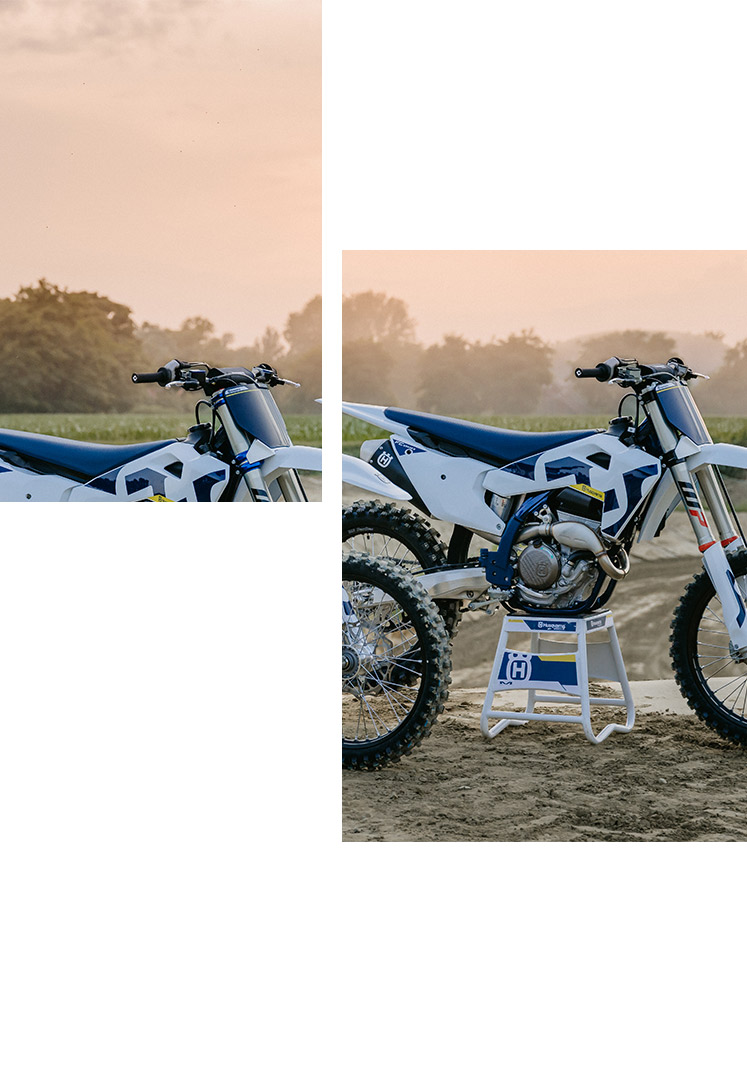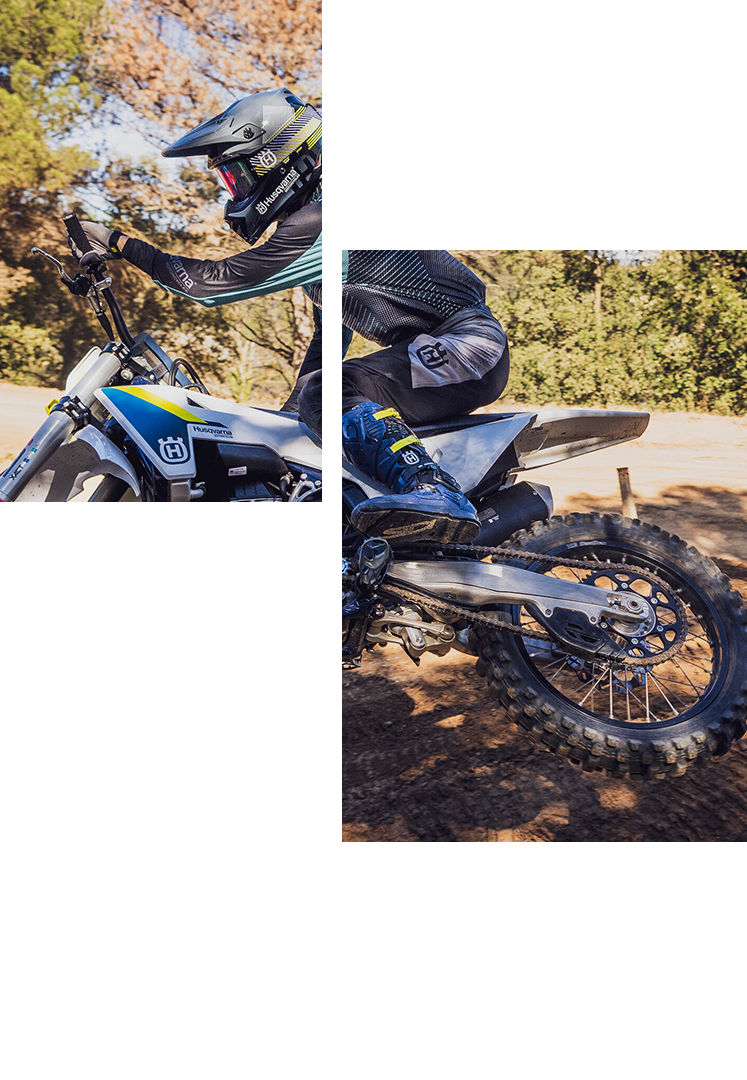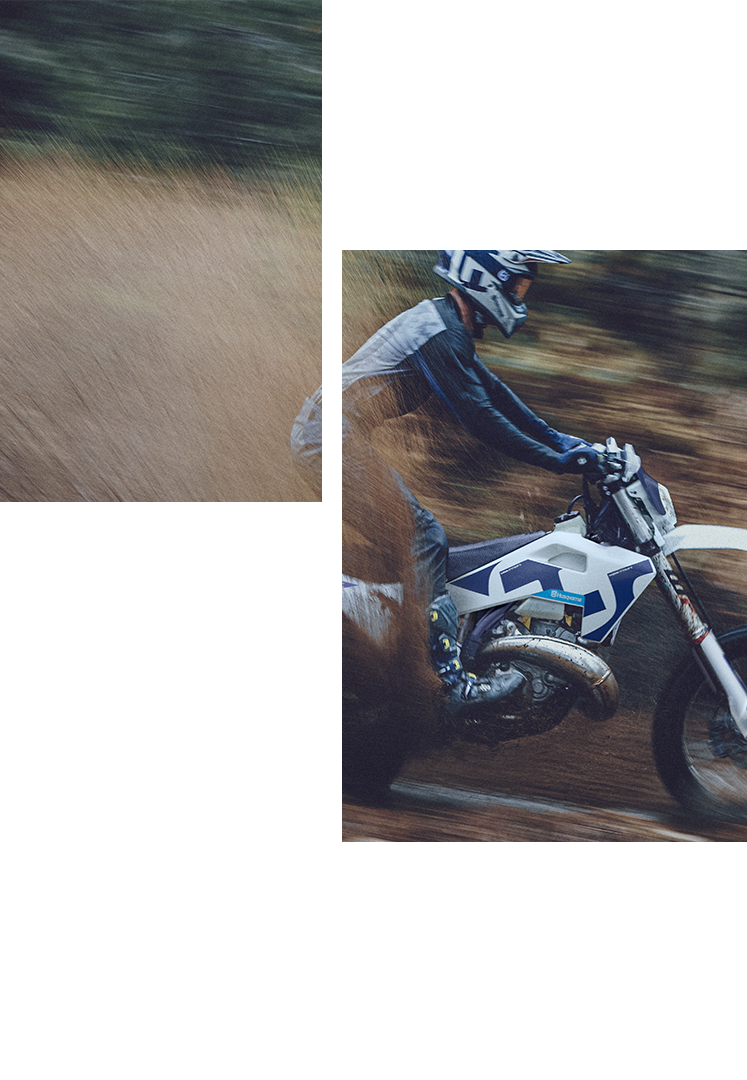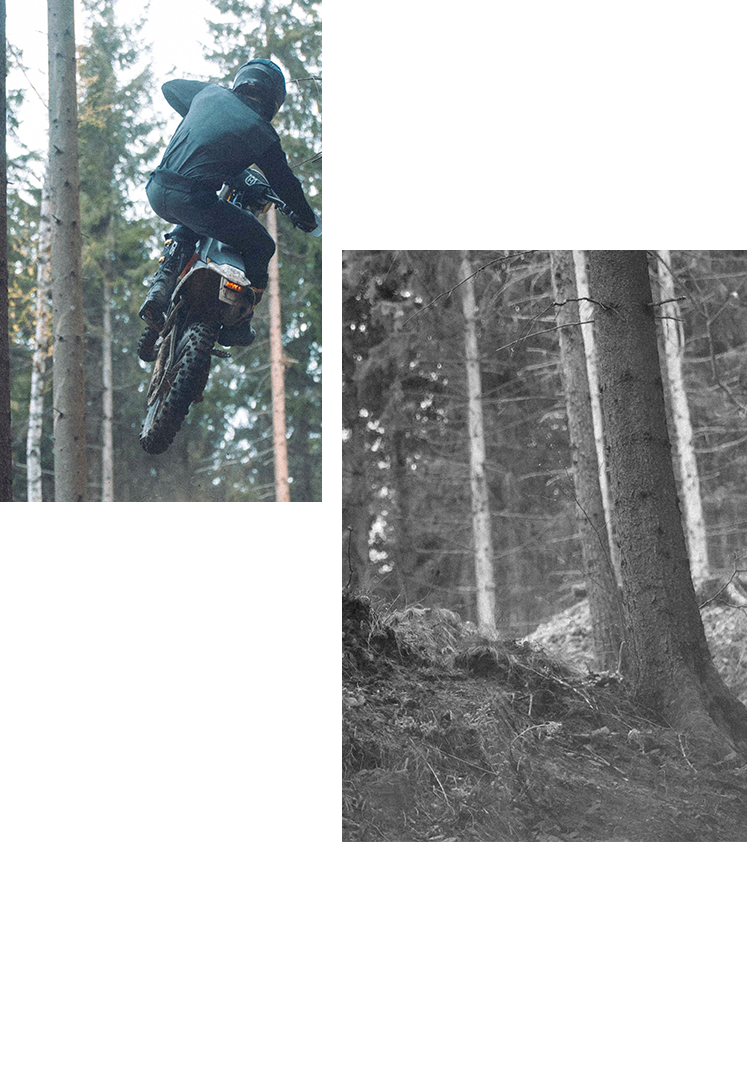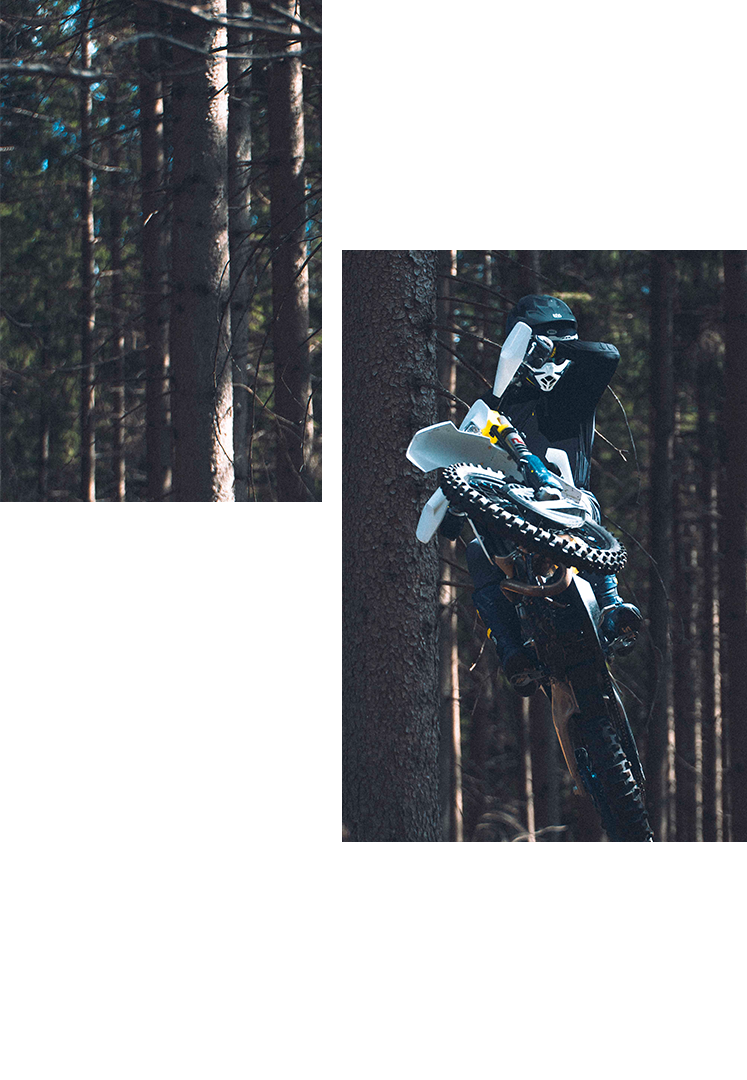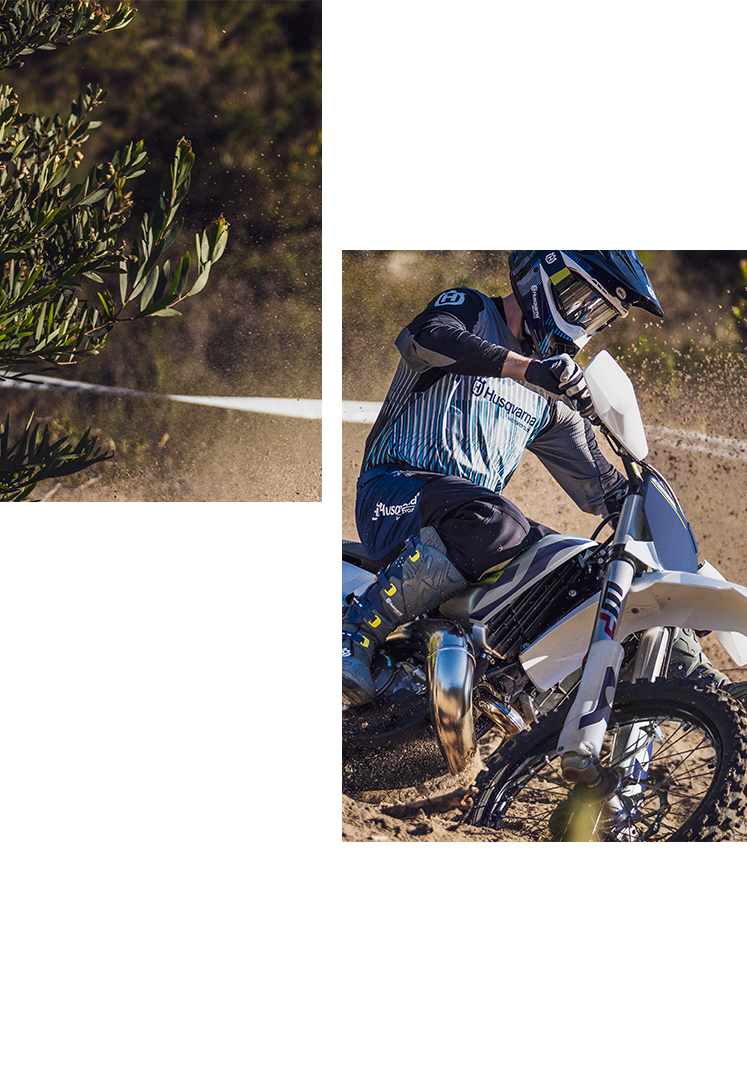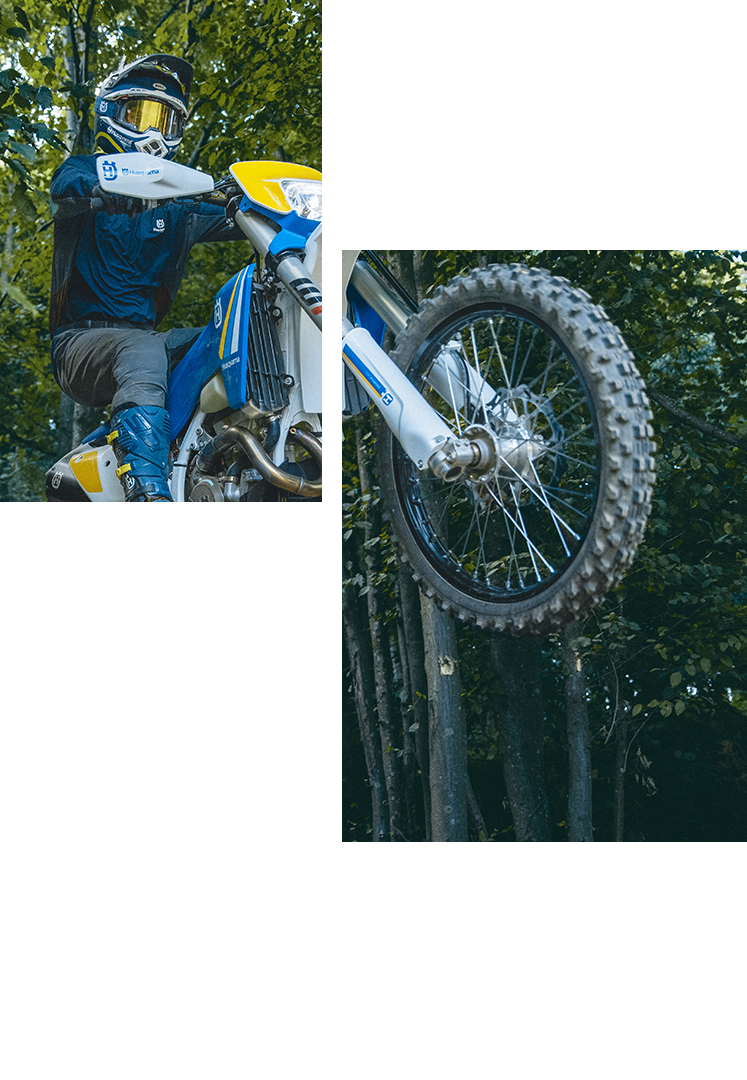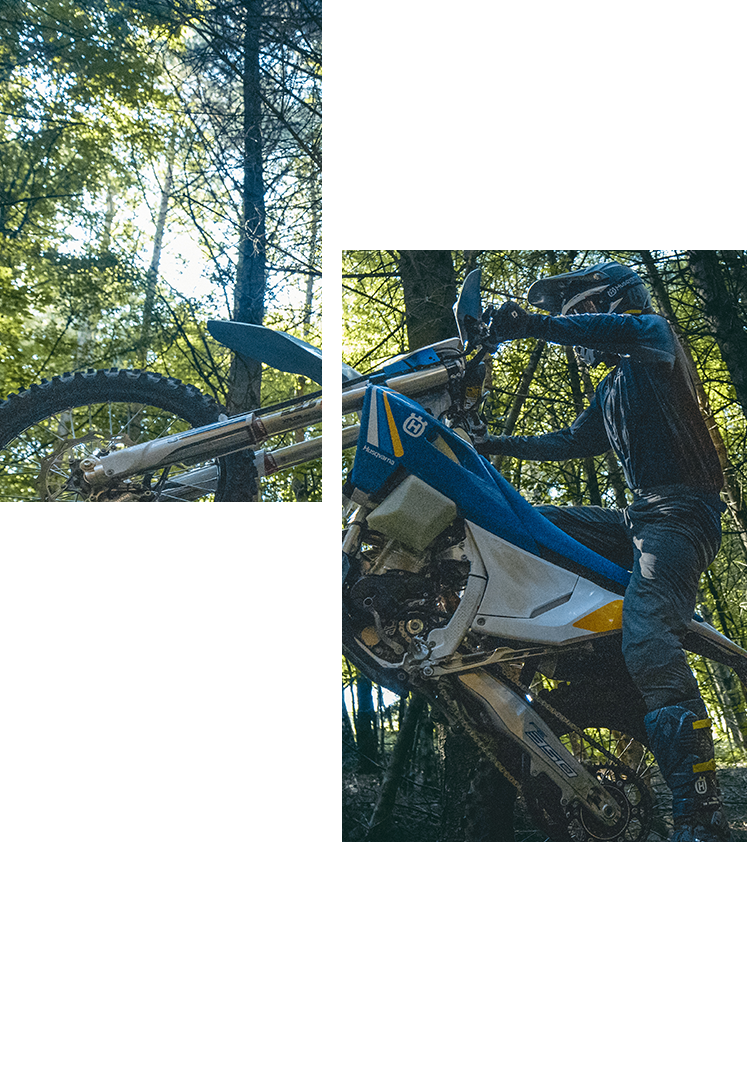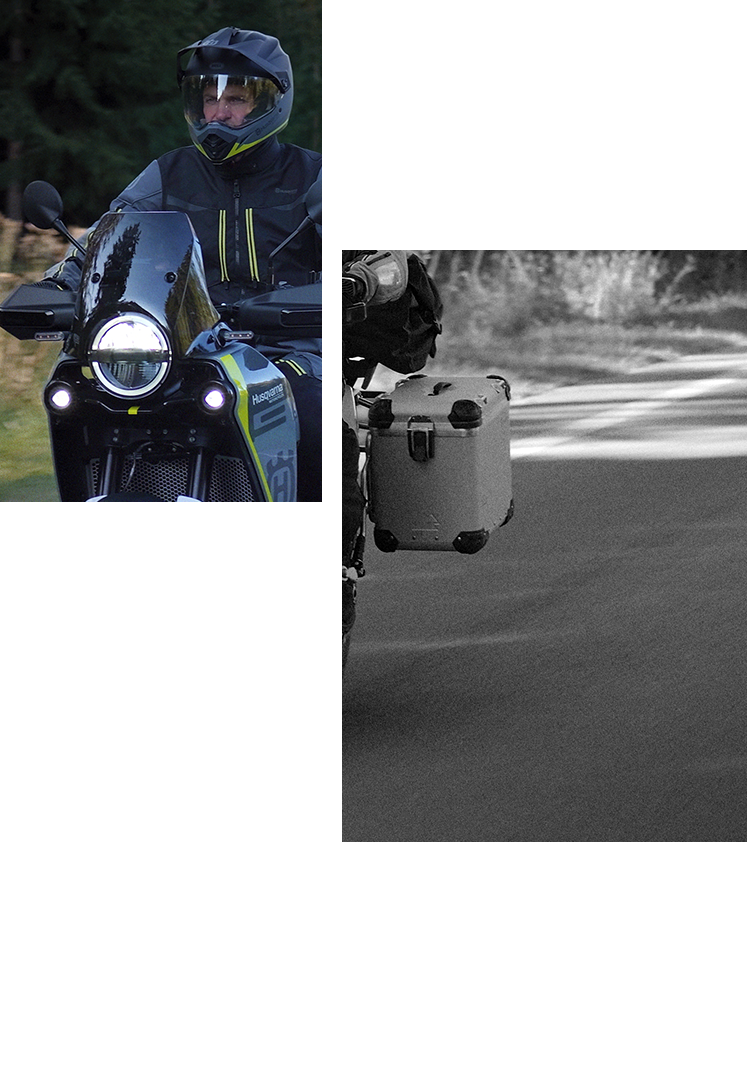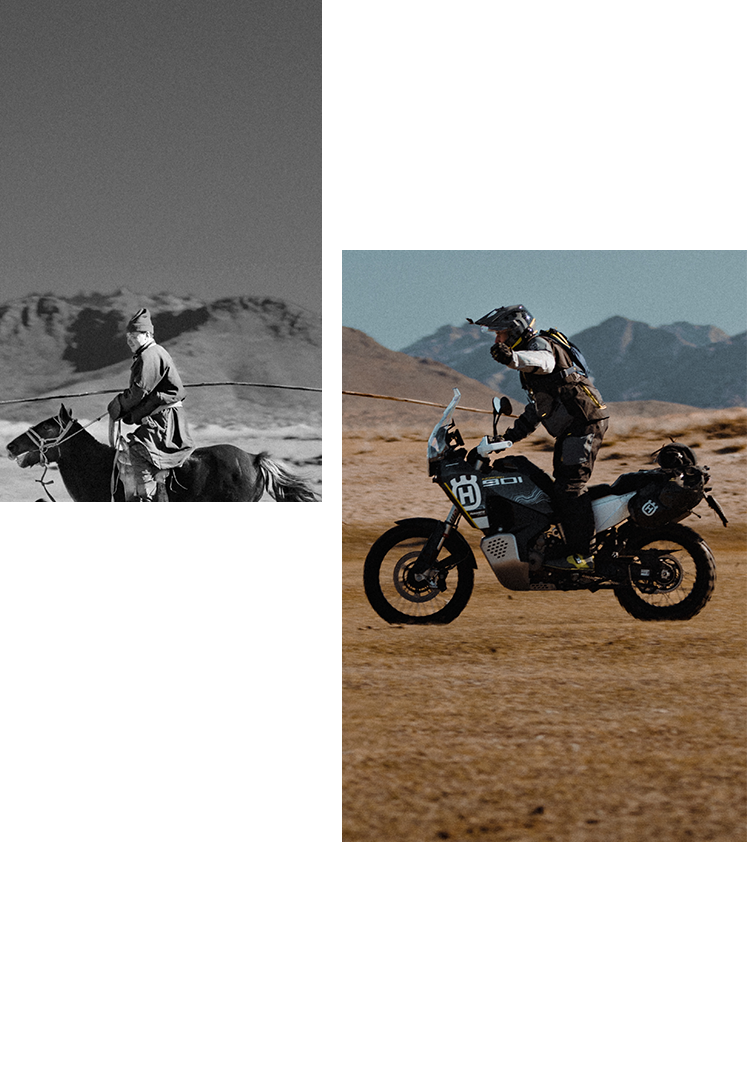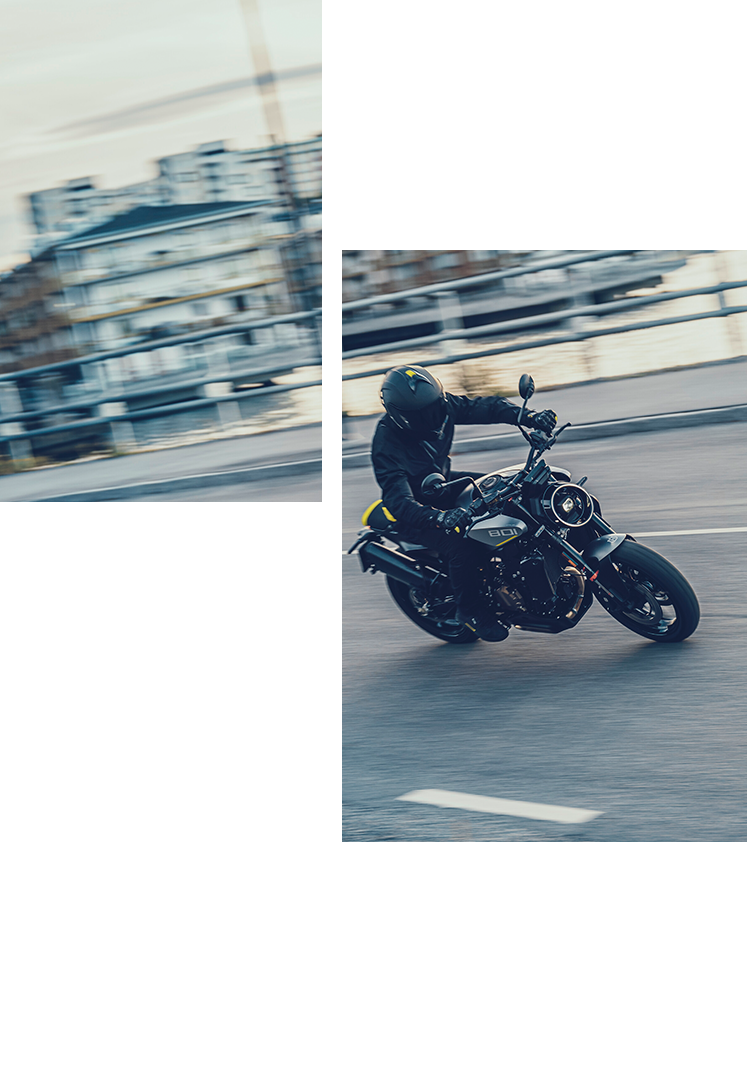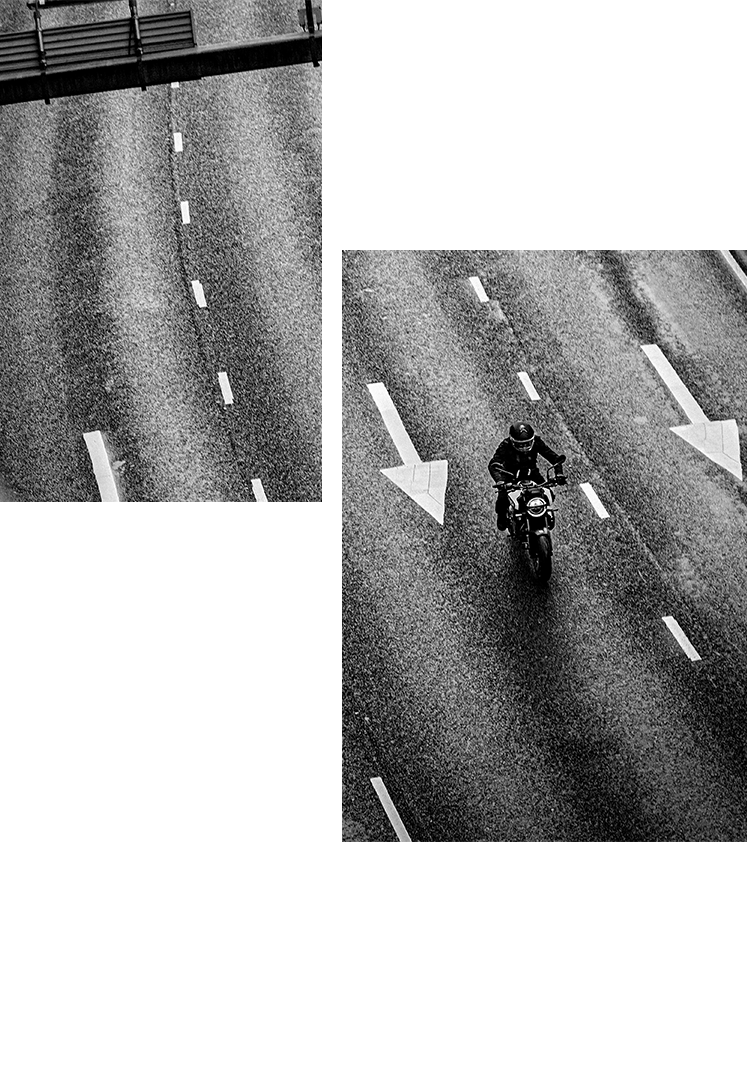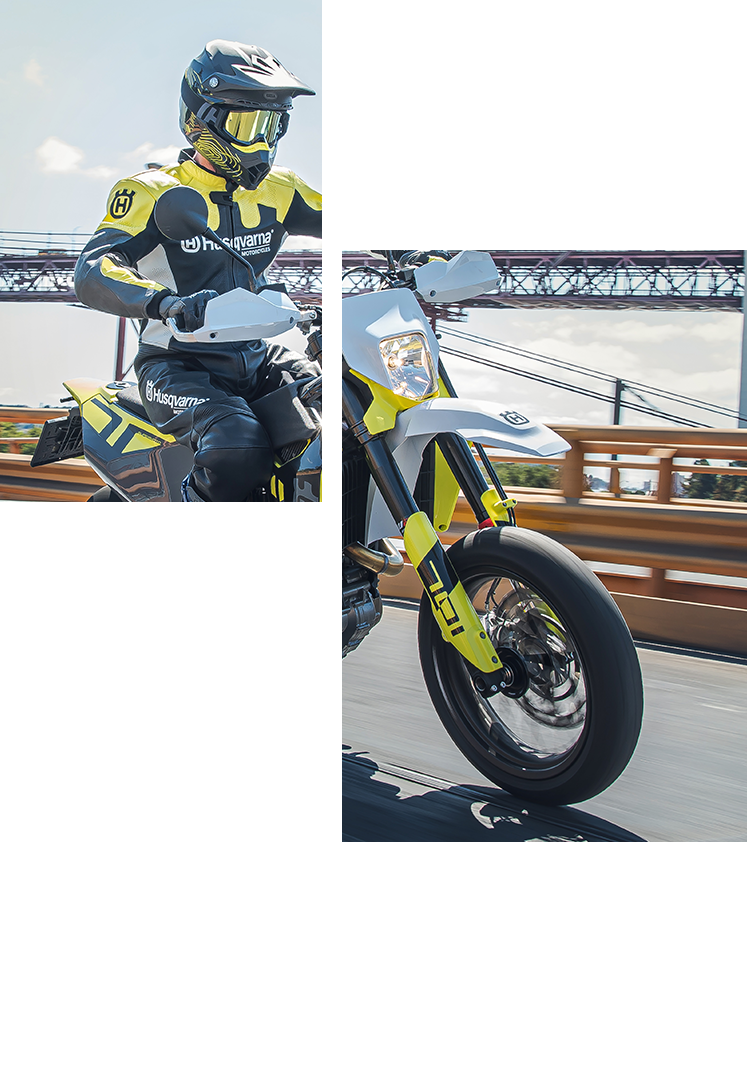Heavenly high
By Kenneth Olausson
In the time of the boxing great Cassius Clay words were not minced in any way. Swede Thorleif Hansen had a fighting face and never missed a chance to seduce his opponents. He was a bragging loudmouth who delivered on his words. He was a Husqvarna talent who would ride and jump towards the stars...
Thorleif was born on October 5th, 1948, in Upplands-Väsby some miles north of the Swedish capital Stockholm. He picked up his interest for bikes at an early age, but didn't start racing until 18. That was back in 1966. He went from being a junior rider to competing as a senior in just a few races – a record of its own.
Thorleif gladly remembers one of his first stints… “I led the race and crashed four times during one single lap,” he laughed. “Still I had a lead of 200 metres after that lap was completed.”
During his first seasons all money went on motocross. His idol Torsten Hallman had already won three world titles and was now on his way to a fourth, which inspired young Hansen. In the end Thorleif's parents gave him enough money to buy his neighbour’s Husqvarna and then his career headed towards the stars.
But, of course, no path leads to heaven without injuries along the way. After just two years of riding Thorleif had a crash, which put him out for the rest of the 1968 season. The following year he was back on his feet again only to hit a tree at an international mx race in March-en-Femenne, Belgium, bringing new injuries. Thorleif had broken his leg and the 1969 season was suddenly gone.
One of his most memorable races came in 1970 when Thorleif had a close battle with the Czech rider Miroslav Halm. He was racing for Husqvarna in the 250cc class.
“In this French Grand Prix Miroslav and I won one heat each, so the end result would be decided by the aggregate time margin,” explained Thorleif. “The ten last laps were ridden at a murderous pace and the track was both hard and very, very dusty with virtually zero visibility. My mechanics showed me that I was ten seconds behind and I gave it all in order to improve. Then, five laps from the finish, I had a puncture but decided to stick to my pace and try everything by the book in order to not lose out on Halm.
“When I crossed the line I was sure that I had lost the race. There was no winner announced so I went to wash myself in a bin full of water. Right then the commentator said… ‘Numéro 10... Tårlif Ansen ... de Suède’. I was so excited that I took the water bin and threw it right up in the air, to the astonishment of those stood close by.” At the end of 1970 it turned out that mister Hansen lay eighth in the championship table.
There are many stories about Thorleif going fast on his motorcycle. With a plastered leg he rode to the centre of Stockholm where some rockabillies had a meeting in their American hot-rod cars. “Motocross riders have been passed before...”, said one of the tough guys. Then somebody shouted, “Last out in the archipelago is a loser who pays for the soda!”
“They were all gone by the time I managed to climb on my machine and get it started,” tells Thorleif. “But I went all out, sometimes doing a wheelie, and I passed one after another on my way. At the end I had about 100mph on the clock and came to the soda-pop place just in time to enjoy a lemonade before the first rockabilly guy appeared. What a joy.”
A full season in the 70s consisted of 12 GP races, two team championships, five national title races and another team event. If you count another 30 international races throughout Europe, you reach a pretty full schedule in one year. “I was doing around 90,000 kilometres a year in my Mercedes during the height of my career,” says Thorleif. Some years later he would also go to the United States for another autumn stint before Christmas set in.
Husqvarna developed a new, lighter frame for the 1971 season to have a factory bike with less weight. In the design department they looked for thinner but more sustainable materials, which included both titanium and aluminium. Thorleif was in favour of novelties and had the new machine for the 250 Grand Prix in Payerne, Switzerland. On a fast downhill jump he overdid things, his machine unable to take the impact of Thorleif's landing. The frame broke into two pieces at the steering-head and sent the Swede tumbling into the grass next to the track. A photo of the incident was published, which went all the way to the board of directors at Husqvarna. This was the end of the aluminium project at the factory. “Just think if the bike designers hadn’t been competing for space in the laboratory with the lawn moving guys...” Thorleif was not impressed.
But there was also joy in the Swedish mx family. Thorleif Hansen did not make it all the way but finished second in the 250cc world championship. A fantastic effort by the youngster.
After this result Thorleif won six national championships between 1973 and 1982. As it looked the bragging ‘Cassius Clay’ would never secure ‘the big one’, but… After turning 60, Thorleif went over to the United Stated to participate in the world championship for motocross veterans. A month had passed since he celebrated his birthday and since the race had a class for 60+ riders it fit well with the guy who is still in good physical shape for off-road racing in the fast lane. The race was held in Glen Helen, California and Thorleif Hansen managed to win, taking his long sought-after world title.
I was so happy that day, recalls Thorleif who has been a technician and test rider at the Öhlins factory close to his home. Thorleif has also used his talent for fast-talking, being a motocross commentator for some years with the Eurosport channel – making his life a true career on two wheels!




